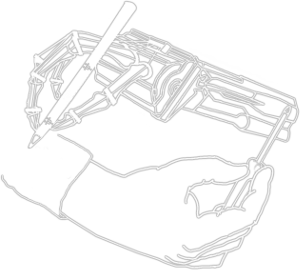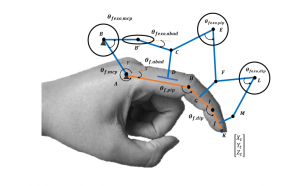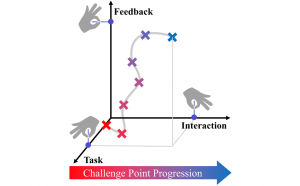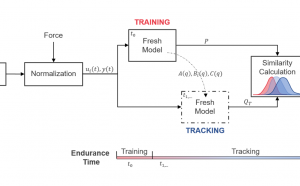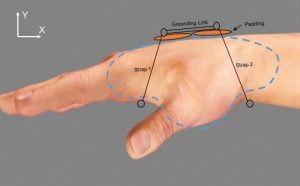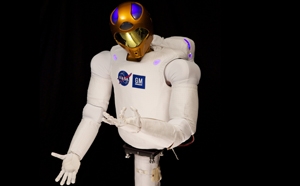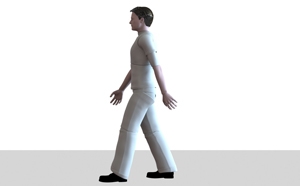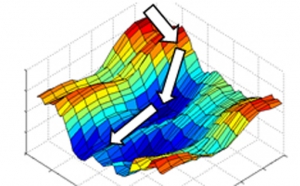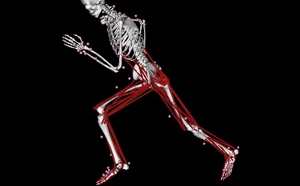Fingertip position and force control for dexterous manipulation through model-based control of hand-exoskeleton environment.
Designing adaptive curriculum-based training protocols for novel motor task learning.
Improving fatigue assessment techniques during robot-mediated exercise via monitoring of the interplay between muscle activity and human movement over time.
Investigating new treatment paradigms for stroke rehabilitation using a bilateral upper-limb exoskeleton with active shoulder support and compliant behavior.
Designing and testing controllers for novel assistance methods based on neurorehabilitation principles.
Coupled human-robot systems can serve many functions: Rehabilitative robots for therapeutic exercises and quantitative patient assessment, assistive robots to augment human function, and robotic haptics platforms which could be the future of virtual reality.
Developing active control and passive mechanical elements to improve grasping and manipulation capabilities of robotic hands
Developing active control and passive mechanical elements to improve grasping and manipulation capabilities of robotic hands
We seek to design a new generation of robotic hands with human-like compliant fingers
To develop a statistical model-based control algorithm called CRROS which resolves an unreliability problem of a statistical model
Understanding the nonlinear passive dynamic properties of human hands.
Incorporates neuromusculoskeletal aspects of the anatomy that are functionally crucial in order to use control signals that resemble the neural commands

